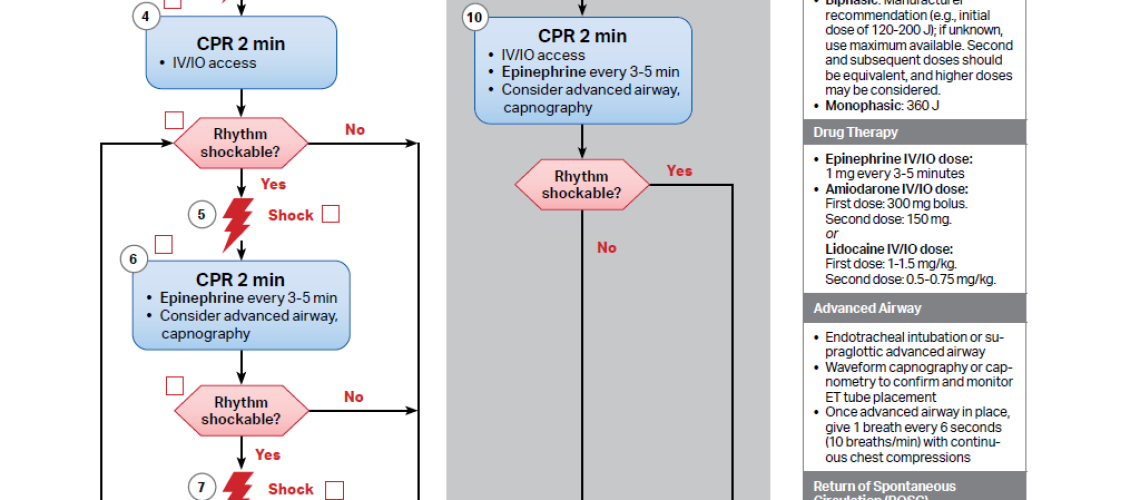In today’s hyper-connected world, cybersecurity is no longer optional—it’s a necessity. The cybersecurity of the Automated Identification System (AIS) plays a crucial role in safeguarding maritime and industrial systems from cyber threats. But what exactly is AIS cybersecurity, and why is it so important?
This article explores AIS security risks, best practices for protection, and emerging trends to help businesses and organisations stay ahead of cyber threats.
What Is AIS Cyber Security?
Automated Identification System (AIS) is a tracking system used primarily in maritime navigation to monitor vessel movements. However, like any digital system, AIS is vulnerable to cyberattacks. AIS cybersecurity refers to the measures taken to protect these systems from hacking, spoofing, and data breaches.
Why Is AIS Security Important?
-
Prevents unauthorised access to vessel tracking data
-
Reduces risks of spoofing attacks (fake ship signals)
-
Ensures safe maritime operations by protecting navigation systems
-
Complies with international regulations (IMO, IALA)
Common AIS Cyber Security Threats
Cyber criminals exploit vulnerabilities in AIS systems to disrupt operations, steal data, or even manipulate vessel positions. Some key threats include:
1. AIS Spoofing Attacks
Hackers transmit false AIS signals to create phantom ships or deceive navigation systems, potentially leading to collisions or facilitating smuggling activities.
2. Data Interception & Eavesdropping
Unencrypted AIS transmissions can be intercepted, exposing sensitive information such as ship routes, cargo details, and port schedules.
3. Denial-of-Service (Dos) Attacks
Attackers flood AIS networks with fake signals, overwhelming systems and causing disruptions in vessel tracking.
4. Malware & Ransomware Infections
Malicious software can infect AIS-connected devices, locking systems until a ransom is paid.
Best Practices for AIS Cyber Security
To mitigate these risks, organisations must implement robust AIS security measures. Here’s how:
1. Implement Encryption & Secure Communication
-
Use end-to-end encryption for AIS data transmissions.
-
Adopt Secure AIS (S-AIS) protocols to prevent unauthorised access.
2. Regular Software Updates & Patch Management
-
Keep AIS software and firmware updated to fix vulnerabilities.
-
Apply security patches as soon as they are released.
3. Network Segmentation & Firewalls
-
Isolate AIS networks from other systems to limit attack surfaces.
-
Use next-gen firewalls to monitor and block suspicious traffic.
4. AI-Powered Threat Detection
-
Deploy AI-driven cybersecurity tools to detect anomalies in AIS data.
-
Use machine learning to detect spoofing attempts in real-time
5. Employee Training & Awareness
-
Train maritime staff on cyber hygiene and phishing threats.
-
Conduct regular cybersecurity drills to prepare for attacks.
Future Trends in AIS Cyber Security
As cyber threats evolve, so do defence mechanisms. Key trends shaping AIS security include:
1. Blockchain for Secure AIS Data
Blockchain technology can enhance AIS integrity by creating tamper-proof logs of vessel movements.
2. Quantum-Resistant Encryption
With quantum computing on the rise, post-quantum cryptography will become essential for protecting AIS communications.
3. Integration with Iot & Smart Ports
As ports become smarter, AIS systems will integrate with Iot sensors, requiring stronger cybersecurity frameworks.
4. Regulatory Enhancements
Governments and maritime bodies are enforcing stricter AIS security compliance to prevent cyber incidents.
Conclusion: Stay Ahead of AIS Cyber Threats
AIS cybersecurity is critical for safe maritime operations and global trade. By implementing strong encryption, AI-based monitoring, and employee training, organisations can defend against evolving threats.
As technology advances, staying up to date on emerging cybersecurity trends will ensure that AIS systems remain resilient against attacks.
Is your organisation prepared for the next wave of AIS cyber threats? Invest in robust security measures today to protect your digital assets tomorrow.
Visit our Website: Softreads




